Your cart is currently empty!
Tag: raising chicks
-
A Mother’s Love
These chicks, hatched yesterday, are getting a lesson about drinking from their attentive mother. Little chicks are very curious. They look at everything with wide eyes, but they stay close to their mother.
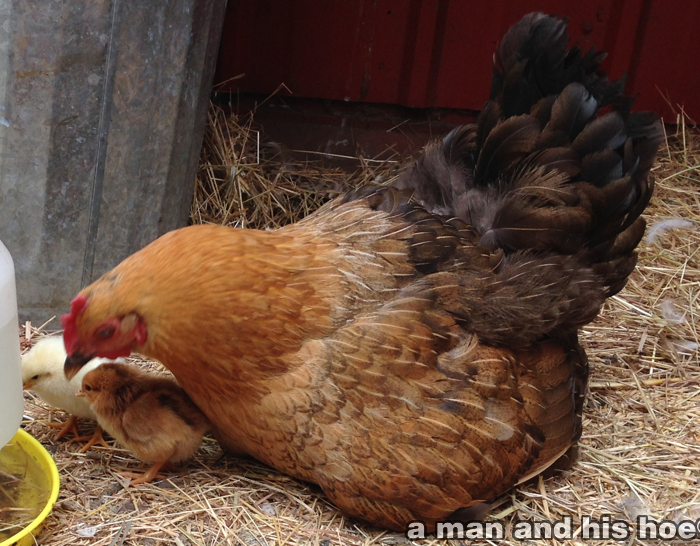
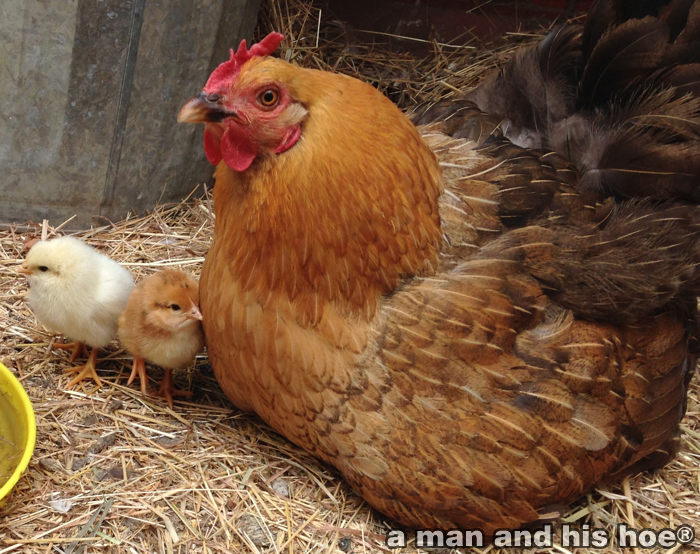
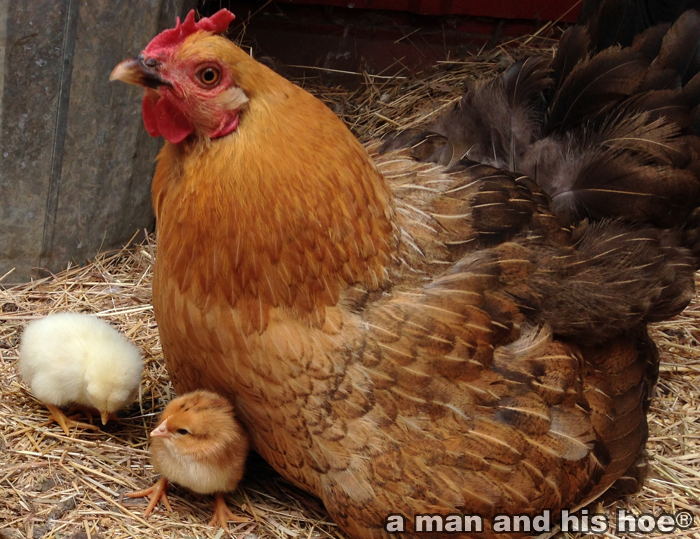
-
On the Trail
This Barred Rock mother is watching over her chicks as she takes them along a garden path. They are 25 days old and are confident enough to venture a ways on their own. But, she is always watching out for them. With eyes on the sides of her head, she can see nearly all around her without moving her head. So she can see what chicks to the right, chicks to the left, and chicks behind her are doing.
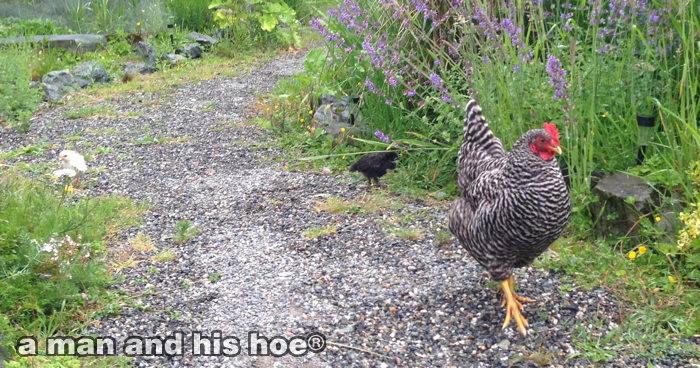

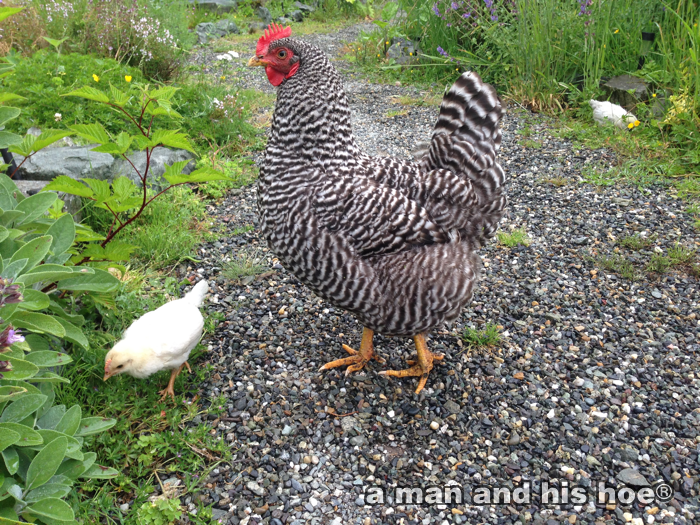

-
Mother for a Month
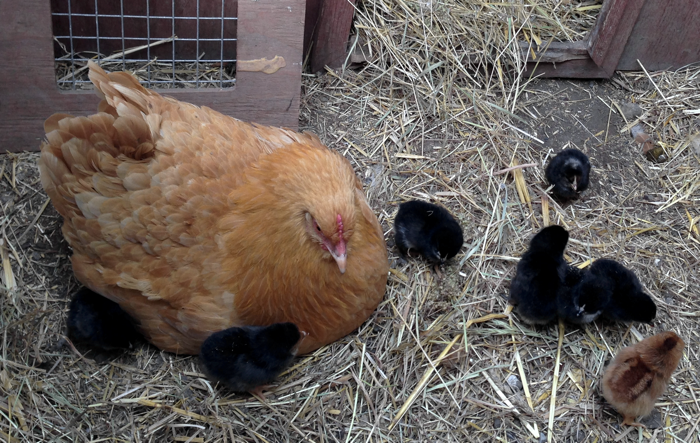
A month ago she was looking out for eight tiny chicks. Now the eight chicks are a month old and getting more independent by the day. By now, they are too big to all fit under her when they sleep at night, but they still snuggle around her when they go to bed at night. She takes them out to forage before the sun is up, though I’m not sure if it’s her idea to get them up so early, or if it’s the chicks who wake her up.
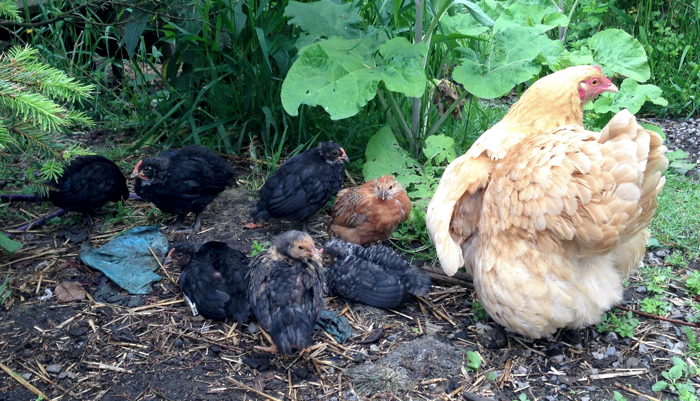

-
What a Happy Chicken Looks Like
Hmm, so what does a happy chicken look like? What does a happy chicken do?

One thing chickens love doing is being outdoors. They love to meander through thick brush. And they’re not afraid to do it on their own. Chickens are communal birds in that they like to roost together, share a dirt bath, and gossip. At the same time, they need time to themselves. Watching these chickens behave, it makes me wonder how frustrated chickens must be which live in crowded conditions.

Even when they are still very small, chicks will venture a long ways from their mothers and siblings. At times it can be a lot of work for the mother hen to keep track of her brood. This freedom is what chickens crave. They need all this room to roam in order to lay exquisite eggs like these.

-
A Mother Hen’s Touch
These chicks are now three and four days old. They stay close to their mother all day long and watch her every move. They watch what she is eating. They watch where she drinks. They roll around in the dirt with her when she takes a dirt bath. When she goes for a walk they run alongside her.
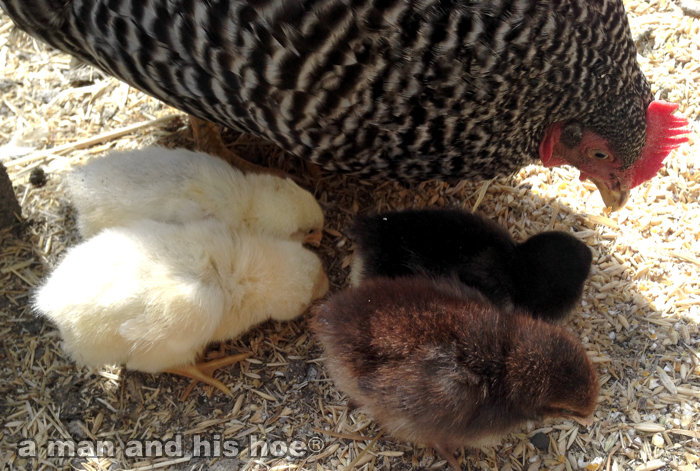
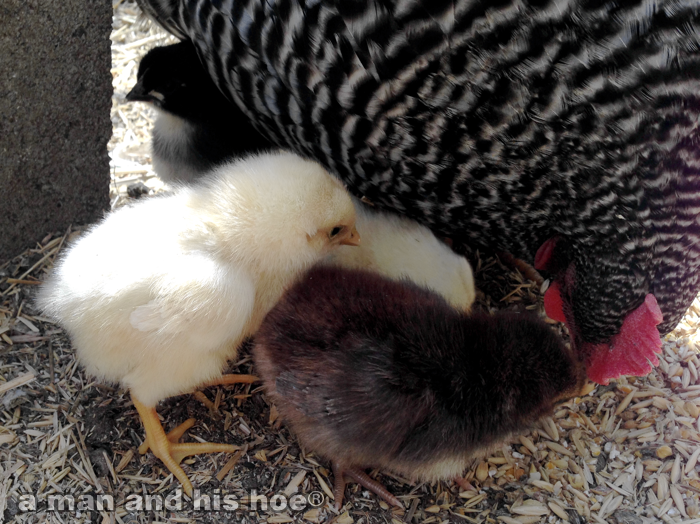
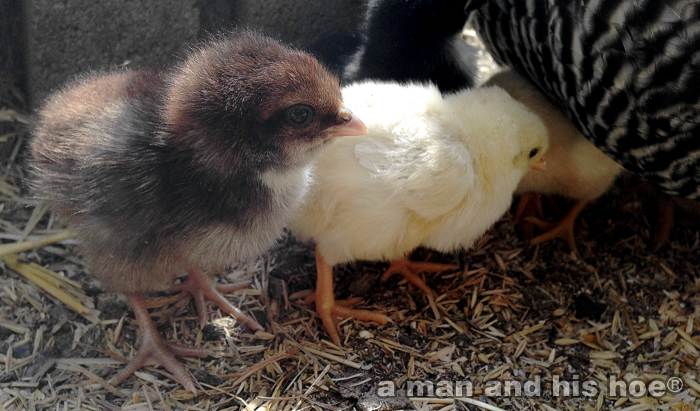

Two hundred years ago, this is how all chicks were raised. According to the National Chicken Council it wasn’t until the 1920s and 1930s that the modern chicken industry began to develop. Prior to that, chicken was a summer meat, something special for Sunday dinner.Now, the chances of a chick hatching under a mother’s warm breast only happens in small backyard flocks. The chances of it happening in a commercial setting and for customers to purchase chicken raised this way is infinitesimal.